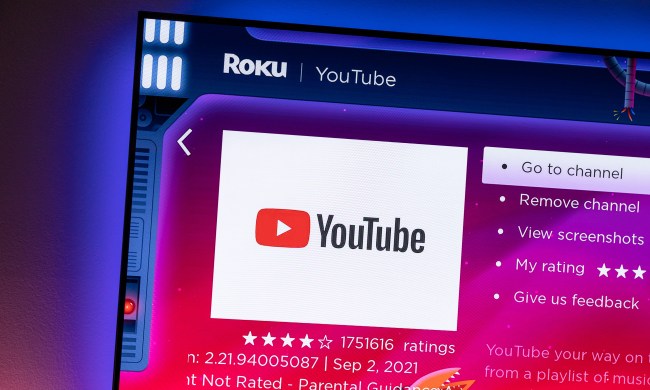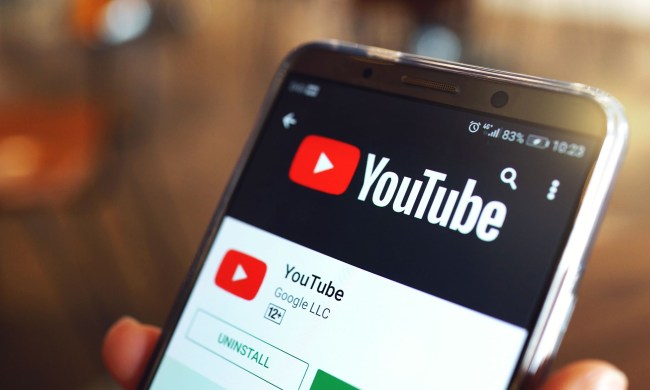Yes we built our house by watching YouTube and working looooong hrs. @redneek24 @DailyMirror #RiseAndBuild pic.twitter.com/VD4aiqqnHR
— Cara Brookins (@cmbrookins) January 16, 2017
In 2008, Brookins was in the midst of a family struggle, having left a husband she called “violent and abusive.” Looking to make a fresh start for herself, she took the idea of rebuilding quite literally, perhaps using the physical experience of constructing a house as an extension of her emotional and mental journey. Though she had no previous experience in construction or architecture, Brookins found a series of YouTube tutorials on building a home and got to work.
Over the course of nine months, Brookins worked tirelessly with the help of her four children to build a new home for themselves. “I had rented this cabin for a Thanksgiving getaway,” the mother of four told CBS News. “And driving there, we passed this house that had been ravaged by a tornado. It was this beautiful dream house and it was sort of wide open. You don’t often get the opportunity to see the interior workings of a house, but looking at these 2x4s and these nails, it just looked so simple. I thought, ‘I could put this wall back up if I really tried. Maybe I should just start from scratch.'”
And while money was certainly an issue, resourcefulness was not. So with the help of internet videos, she began the long process. “Once I had bought all these supplies and they were all piled up, there was no way out,” she said. “There wasn’t enough money to pay anyone to put them together. There was no plan B.”
The whole house building process is made even more impressive when we consider what YouTube was nine years ago. “There weren’t really comprehensive videos or channels devoted to this sort of thing. But there’s a lot of ways to frame a window or to put a foundation together,” Brookins noted, “So, we would watch three or four videos for each stage of construction and then think, ‘Which one of these is going to work the best for us?’”
A true team effort, Brookins relied on her 17, 15, 11, and 2-year-old children for support. “Her daughter Hope did the marking. Her son Drew ran the nail gun. And someone was always assigned to watching her youngest, Roman, as the 2-year-old toddler gleefully stomped around in mud on the job site,” CBS News reported.
And while the nine month process wasn’t easy, it was also a cathartic experience for the family. “It was the first time [my kids] had felt any sort of power, any sort of control over their lives,” Brookins said, “And they knew how much they needed it.”
Her success story has since manifested itself in an autobiographical book entitled Rise, How A House Built A Family, released last week.


